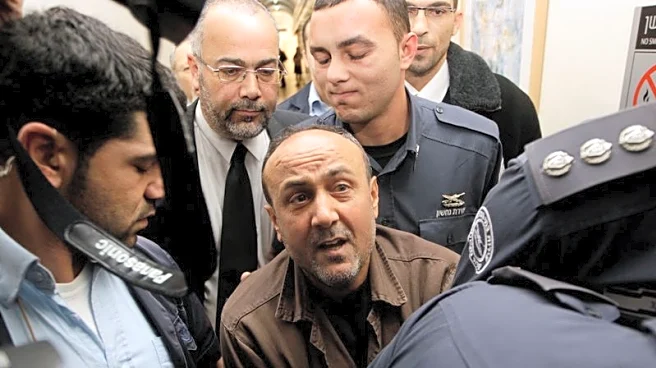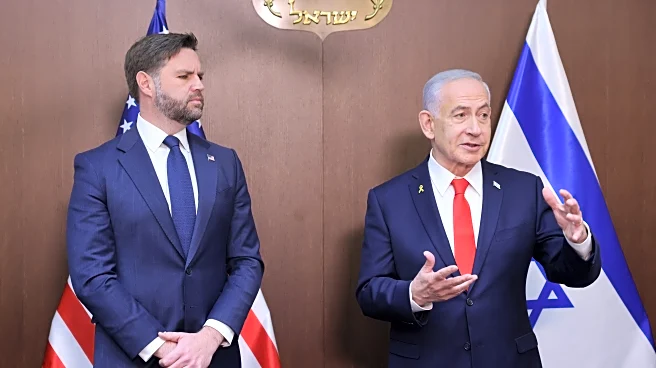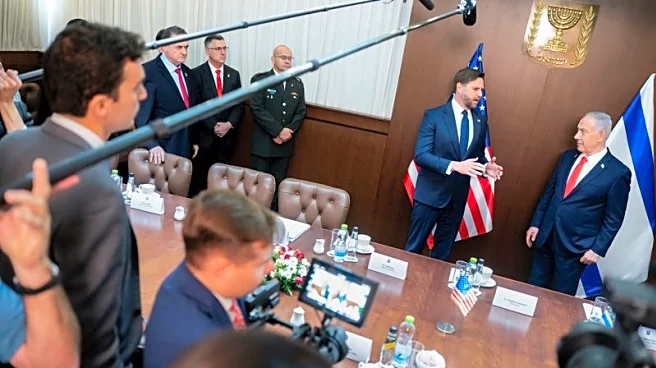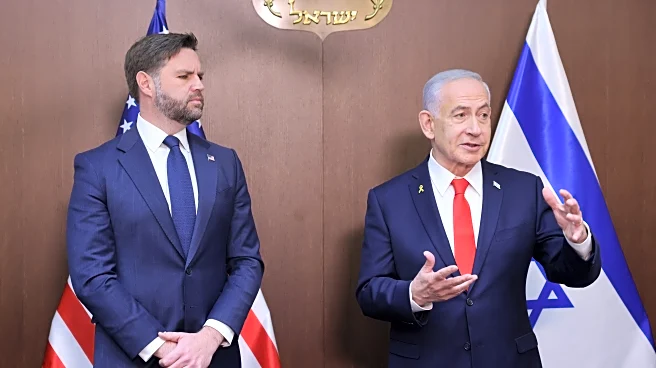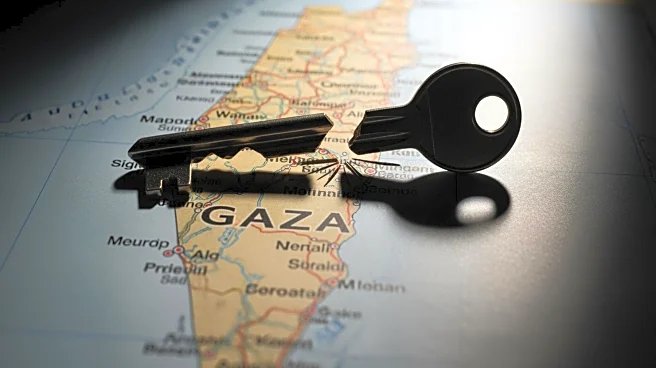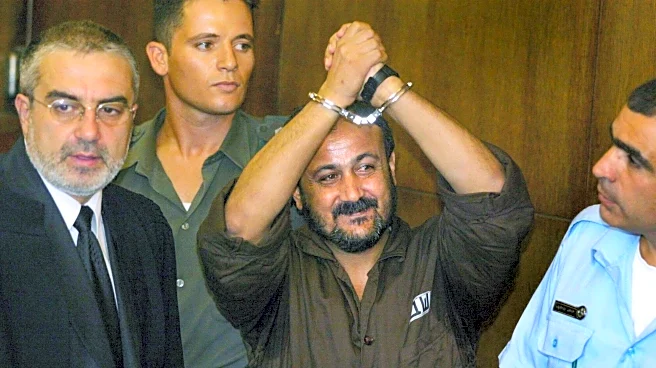What's Happening?
Defense Minister Israel Katz has informed JD Vance that more than 60% of Hamas tunnels in Gaza remain undestroyed. Katz emphasized that demolishing these tunnels is crucial for the demobilization of Gaza,
aligning with President Trump's ceasefire plan. The tunnels, which are used for smuggling and military operations, pose a significant challenge to the stabilization efforts in the region. The IDF's ongoing operations aim to secure these tunnels, with soldiers actively working in areas like Al Shifa Hospital in Gaza City.
Why It's Important?
The presence of undestroyed tunnels in Gaza has significant implications for regional security and the effectiveness of ceasefire agreements. These tunnels facilitate the movement of weapons and personnel, undermining efforts to stabilize the area. The IDF's inability to fully dismantle these tunnels could prolong conflict and hinder peace efforts. The situation affects not only Israeli security but also international diplomatic relations, as stakeholders seek a resolution to the ongoing tensions in Gaza.
What's Next?
The IDF is expected to continue its operations to locate and destroy the remaining tunnels. This task is critical for the success of the ceasefire plan and the broader goal of demobilizing Gaza. International partners may increase pressure on Hamas to cease tunnel construction and comply with peace agreements. The situation may also prompt further diplomatic discussions involving key stakeholders, including the United States, Israel, and Palestinian authorities.
Beyond the Headlines
The ongoing tunnel issue highlights the complex nature of the Gaza conflict, where military, political, and humanitarian dimensions intersect. The tunnels not only serve military purposes but also impact civilian life, as they are often located near populated areas. The ethical implications of military operations in such areas continue to be a point of contention among international observers.


